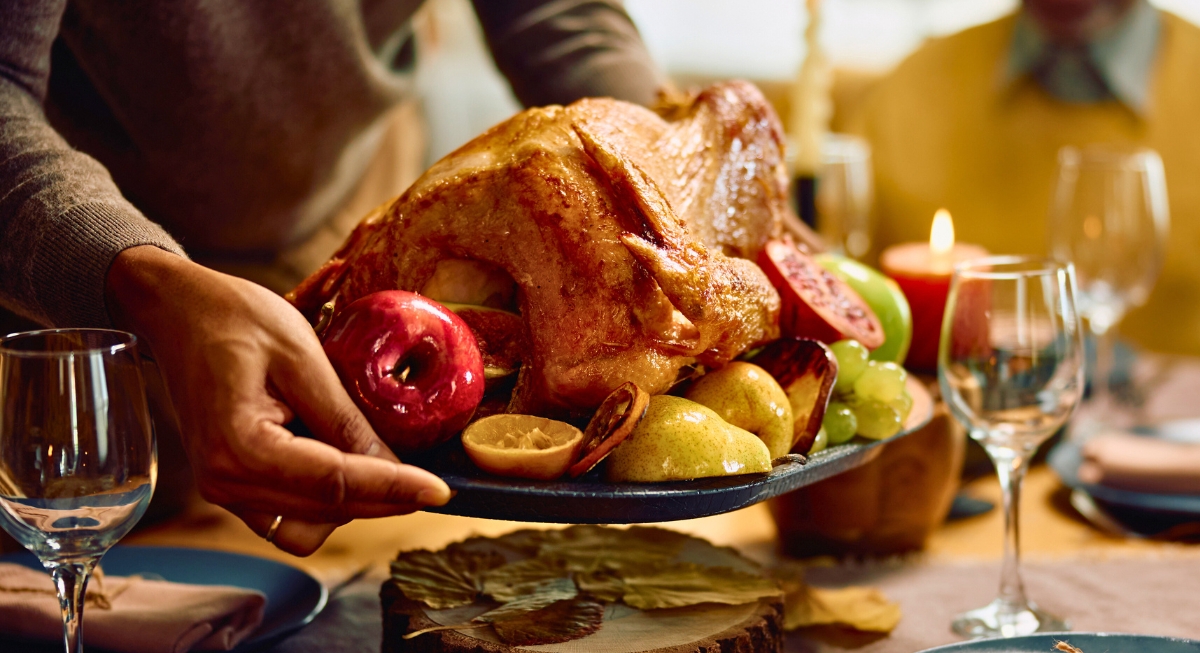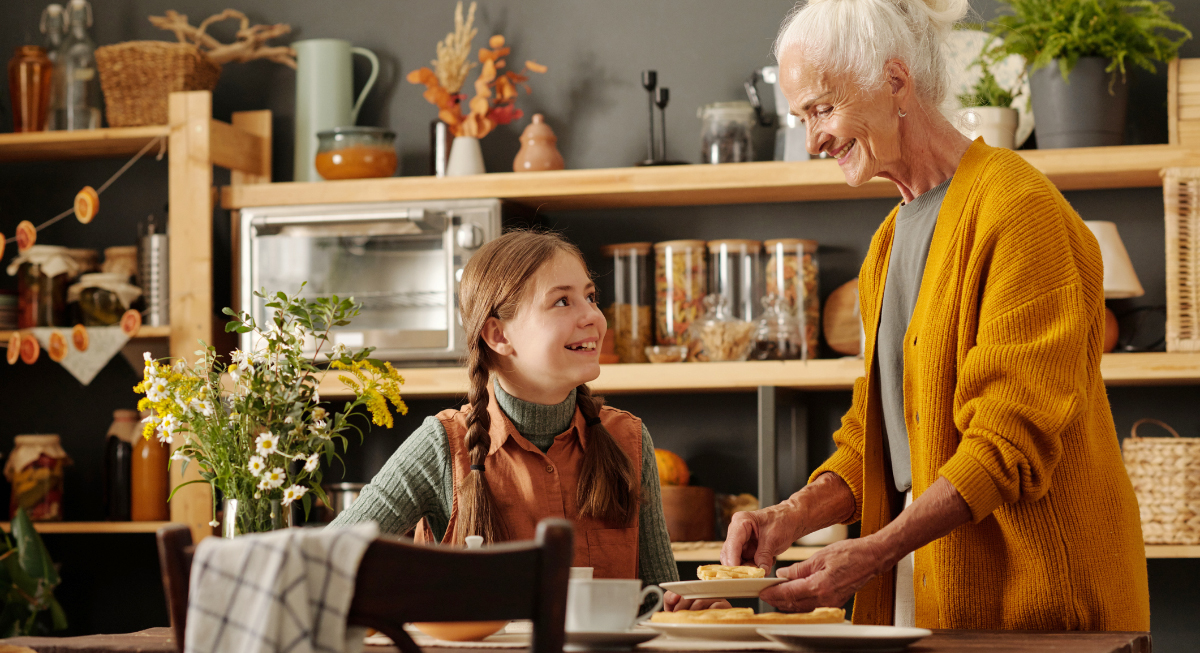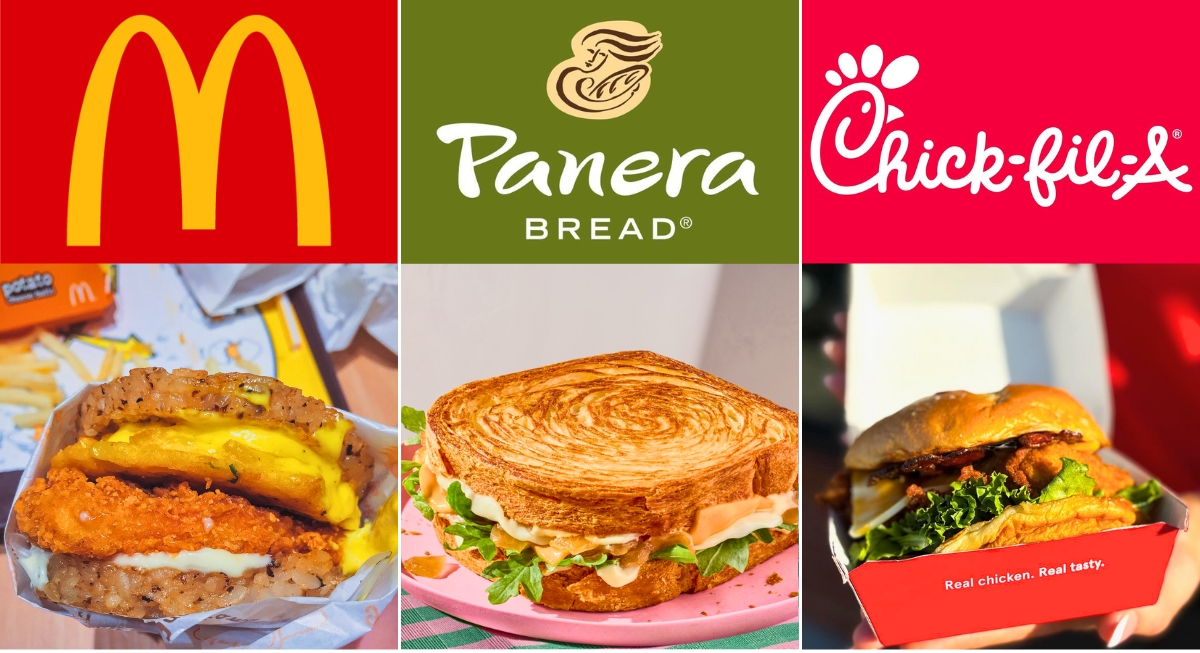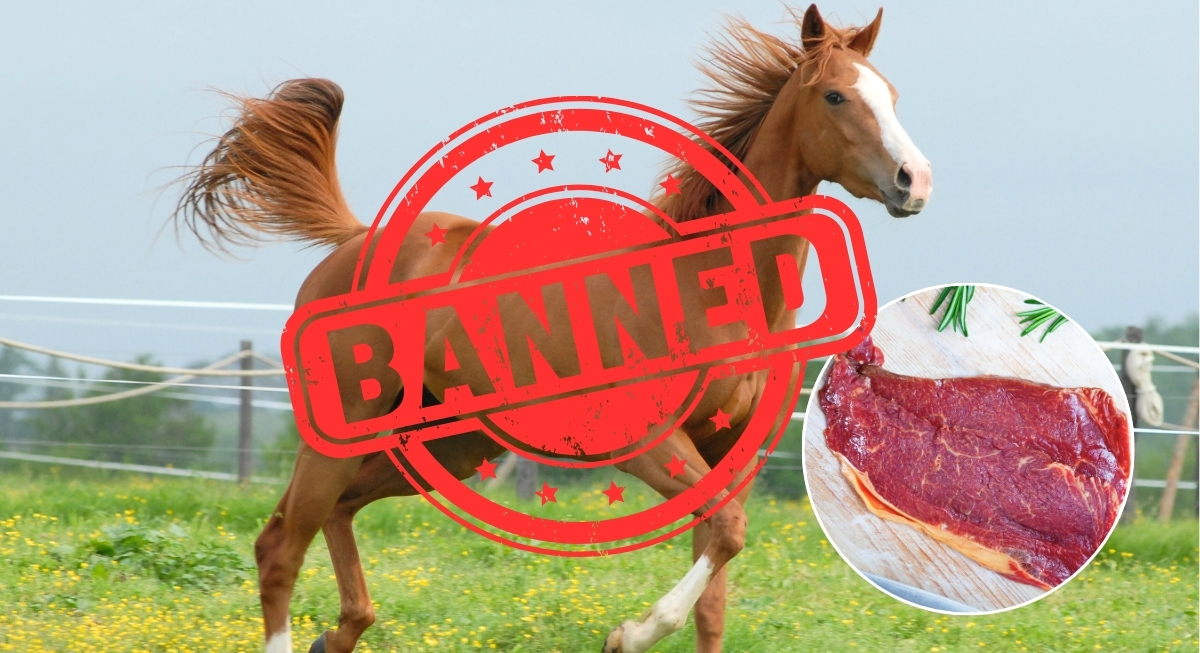Life in the 13 Colonies was about making do with what was on hand, using whatever could be hunted, gathered, or traded. Colonists relied heavily on Native American knowledge, old-world traditions, and whatever they could grow or store without refrigeration. These are some of their diverse and seasonal foods.
Indian Pudding
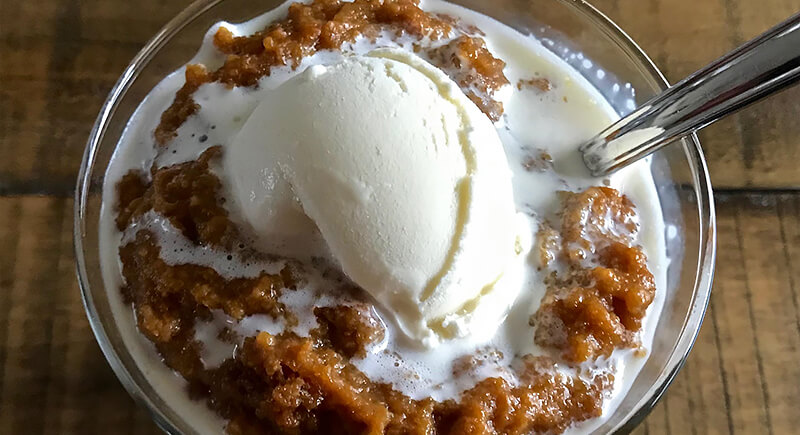
Credit: Reddit
Molasses gave Indian pudding its deep brown color and sweet, slightly smoky flavor. It was made with cornmeal instead of wheat flour, mostly because wheat was expensive and tricky to grow in New England. Colonists often flavored it with ginger or cinnamon when they could afford the extra ingredients.
Salt Cod
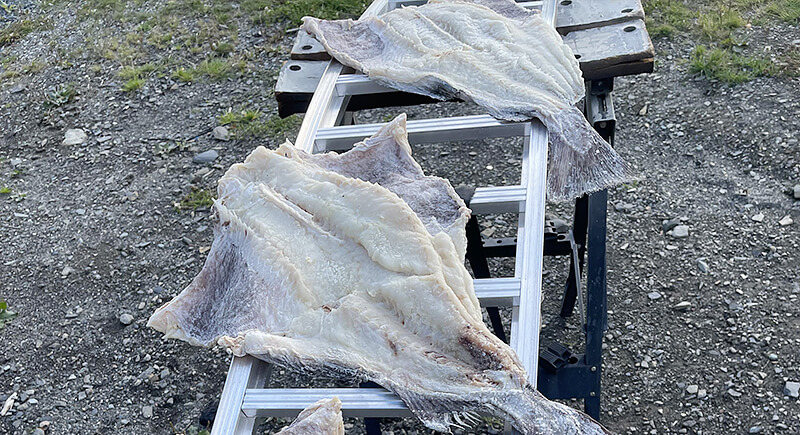
Credit: Reddit
The Atlantic Ocean practically handed salt cod to colonists on a silver platter. They’d heavily salt and dry the fish, which made it shelf-stable for months. This was key in winter, when fresh food was scarce. Nova Scotia cod found its way to New England kitchens through bustling trade routes.
Johnnycakes
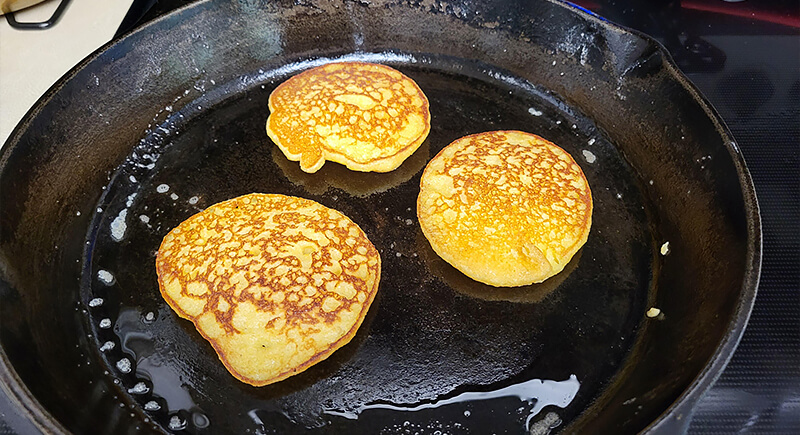
Credit: Reddit
Johnnycakes were flat, pan-fried cornmeal cakes cooked over open flames. Think of them as the ancestors of pancakes but without fluff. Corn was everywhere in the colonies, especially in New England, where it came courtesy of Indigenous agricultural techniques. These cheap cakes were filling and easy to carry.
Hasty Pudding
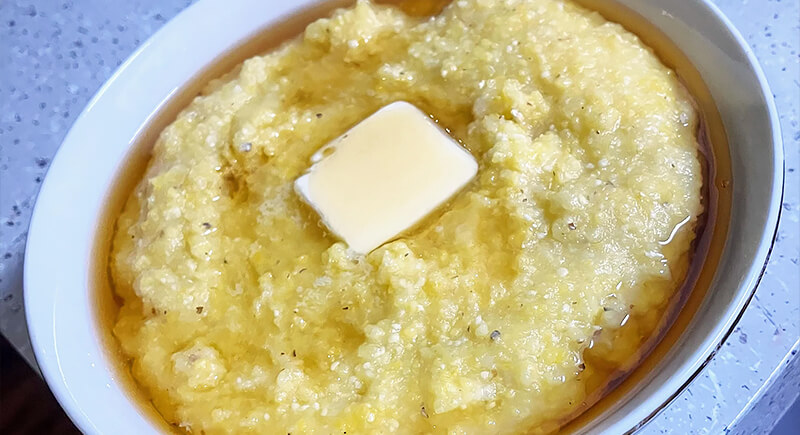
Credit: Reddit
Not to be confused with Indian pudding, hasty pudding was just cornmeal boiled in water or milk until thick. It was eaten hot for breakfast or cold and sliced the next day. It got the name because it was one of the quickest meals a colonial cook could throw together.
Bear Meat
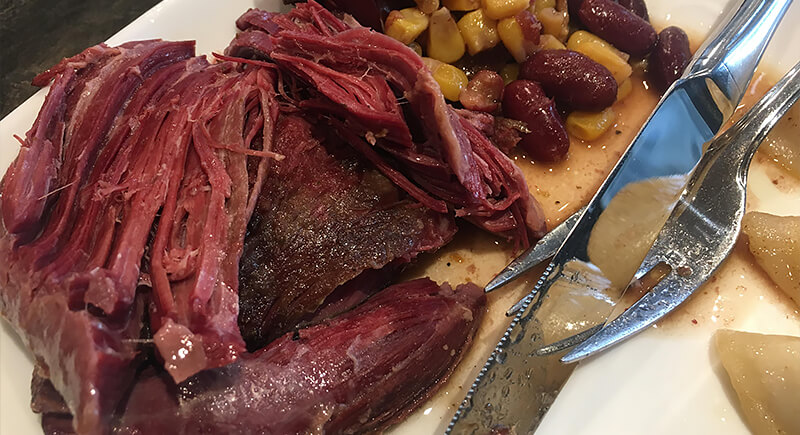
Credit: Reddit
Frontier families were not squeamish. Fatty bear meat was flavorful and highly prized. It was often smoked or stewed. Settlers in Appalachia and the backwoods hunted black bears for both meat and fat, which doubled as cooking oil and even lamp fuel when rendered down.
Succotash
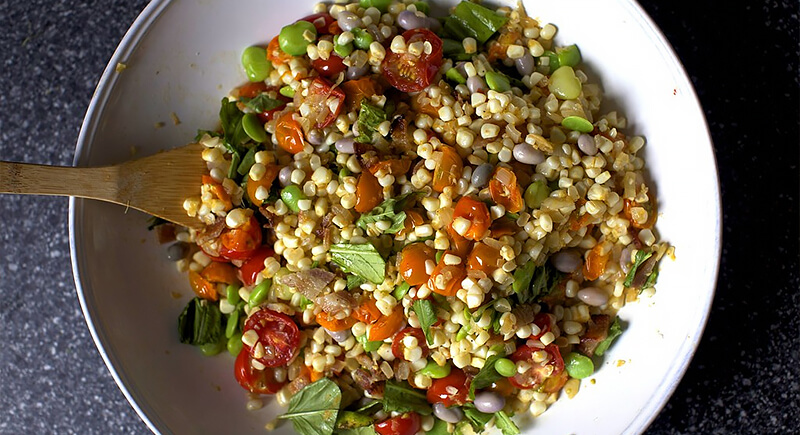
Credit: flickr
Corn and beans—two Indigenous staples—could be combined to create a dish called ‘succotash.’ When squash or meat was available, it turned into a full meal. This dish was symbolic of the knowledge Native Americans shared, which often meant the difference between survival and starvation.
Venison

Credit: flickr
Deer meat was common in colonial kitchens, especially in the fall. Colonists hunted white-tailed deer throughout the woodlands before preserving the meat by smoking, drying, or salting it. Wealthier households might roast it with imported spices, while poorer families made stews to stretch what they had.
Apple Cider
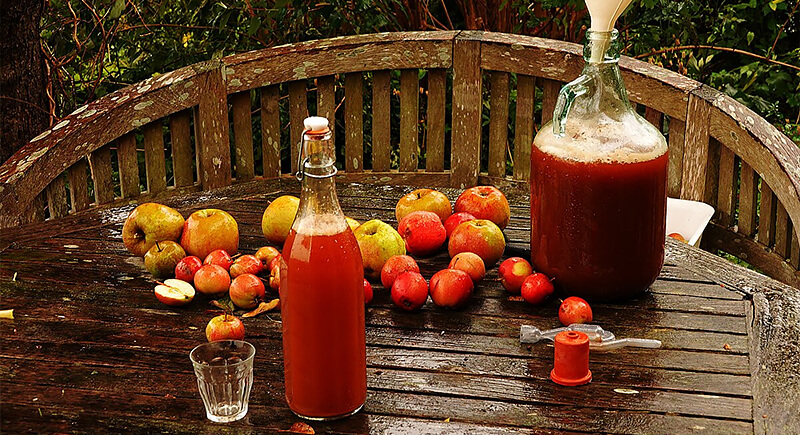
Credit: flickr
Clean drinking water wasn’t always guaranteed, so many colonists turned to cider. Apples grew well in the colonies, even in poor soil. Pressing them into cider meant longer shelf life. Most households brewed their own, and children even drank a weak version known as ciderkin.
Samp
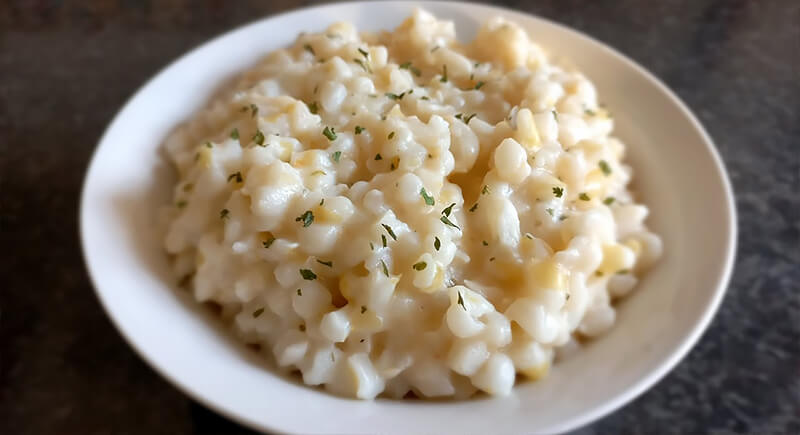
Credit: Youtube
Samp was a porridge made by boiling coarsely ground corn. It had roots in Native American cooking and was usually eaten plain or with milk, if available. It’s practically the colonial version of grits. Aside from being easy to digest, it filled you up. Samp could even be sweetened with maple syrup or honey.
Hominy
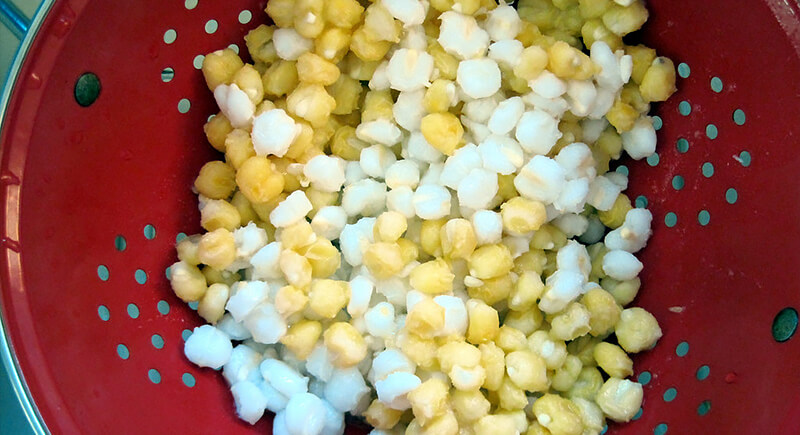
Credit: flickr
This was corn treated with lye, a process borrowed directly from Indigenous communities. Hominy had a chewy texture and a nutty taste. It showed up in soups or was eaten as a side. The alkaline soak also unlocked more nutrients from the corn—an accidental bit of food science.
Goose
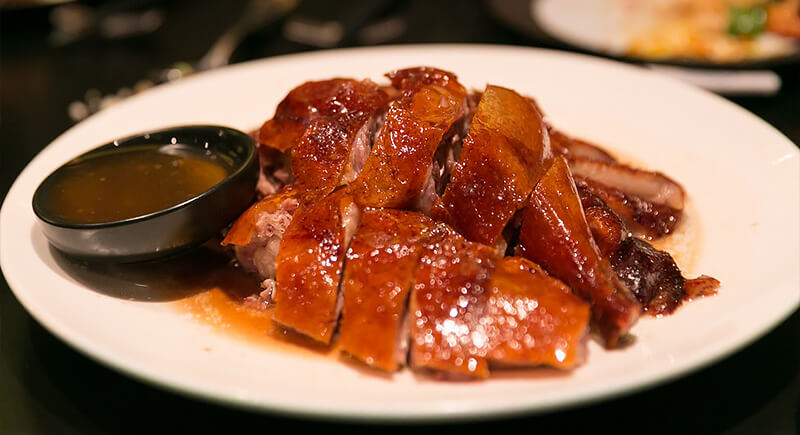
Credit: flickr
Goose was raised for its meat, feathers, and fat. They cooked it low and slow over open hearths, sometimes with apples or onions placed inside. The grease was saved for roasting other food or used like butter when dairy was scarce.
Clams
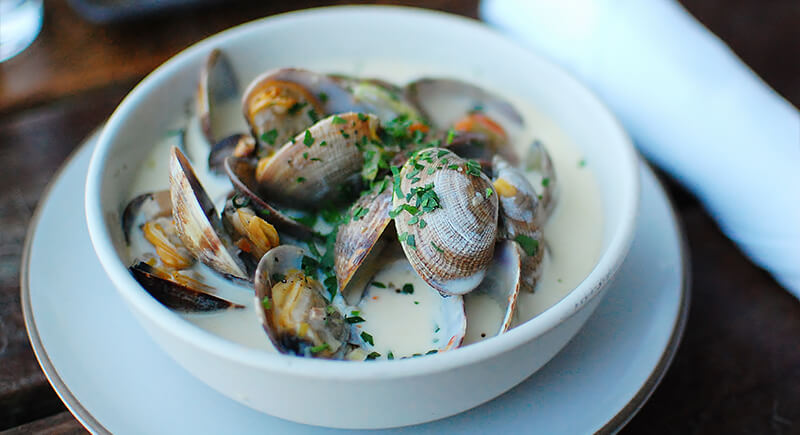
Credit: Wikipedia
New England colonists sure loved their shellfish. Clams were dug by hand at low tide, and they were cheap and plentiful. Early versions of chowder were already appearing, often thickened with hardtack or flour and flavored with salt pork. There was no cream back then, as milk was too valuable.
Turnips
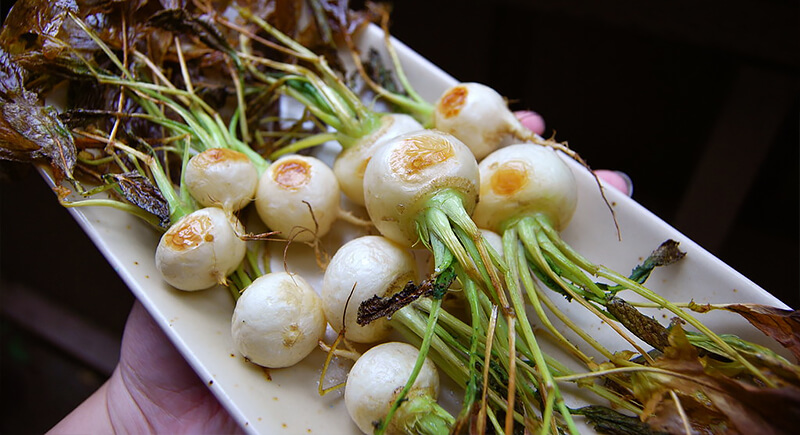
Credit: flickr
Turnips were easy to grow and stored well through the winter. Furthermore, they packed in some much-needed vitamins. All they had to do was mash or roast them. When stewed with salted meats, it turns into a new dish. While kids weren’t fans, this dish was hearty and reliable, which was exactly what colonial farming required.
Turkey
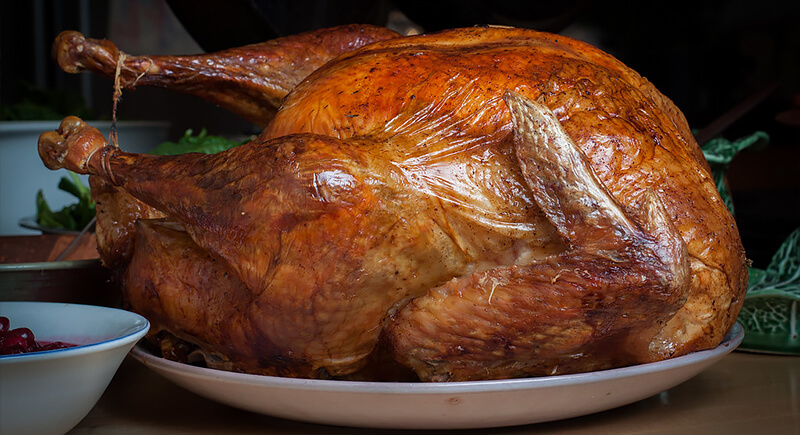
Credit: flickr
Did you know Benjamin Franklin once suggested the turkey as the national bird? These birds were native to North America, and colonists caught on fast. Wild turkeys roamed the forests and could weigh 20 pounds or more. They were hunted in the fall and roasted whole. Some were even domesticated for easier access.
Maple Syrup
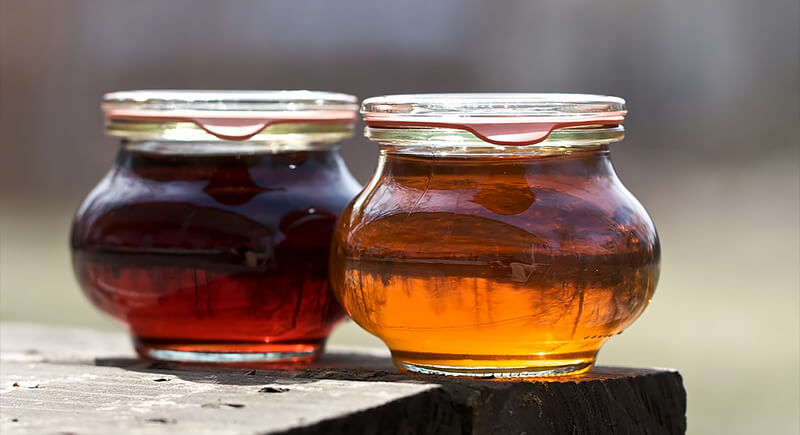
Credit: flickr
Before cane sugar became widespread, colonists tapped maple trees for sap every spring. The sap was boiled down into syrup or further reduced to sugar blocks. Native Americans taught them the method, which became especially popular in New England, where the trees grew thick and tall.
Peas Porridge
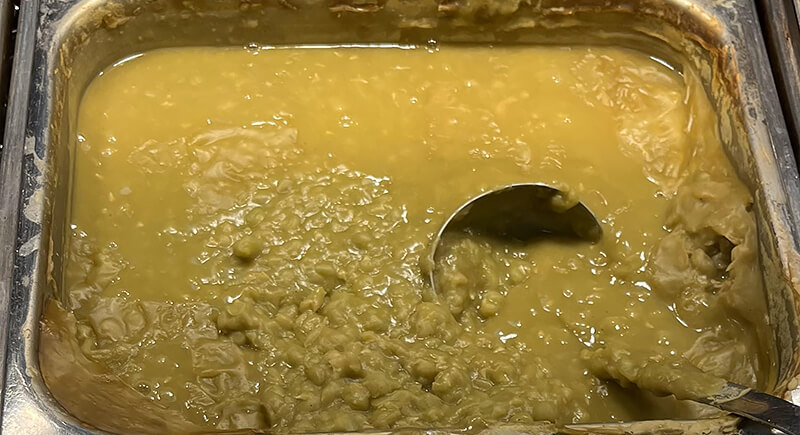
Credit: Reddit
Dried peas were soaked overnight and cooked into a thick mush. Pea porridge was nutritious and could be served hot or cold. It made frequent appearances in lower-class homes and was so well-known that it even worked its way into children’s rhymes. Seven days old? Still on the table.

